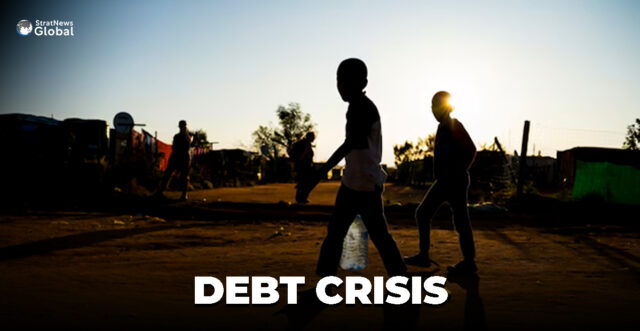The debt crisis in the world’s poorest economies is worsening, with rising debt servicing costs reducing funds for development, the UN Development Programme (UNDP) warned on Tuesday.
A new multilateral debt relief deal that includes all creditors “warrants serious attention”, the UN Development Programme said in a policy paper.
Debt Interest Payments
Interest payments on debt exceeded 10% of government revenue in 56 developing nations – almost twice the number of countries compared to a decade ago, according to the UN Development Programme report published as G20 finance ministers and central bank governors kick off their meeting in South Africa.
Of those, 17 countries spent more than 20% of revenue on interest payments – surpassing a threshold strongly linked to default risk, the UN Development Programme said.
Debt Service Burdens
Rising debt service burdens had surpassed levels not seen in more than two decades, it said.
“The debt-development trade-offs threaten a lost decade of development progress for many of the world’s poorest nations,” said UN Development Programme Administrator Achim Steiner.
The external debt of the 31 poorest countries at high risk of debt distress was just over $200 billion, equivalent to less than a third of the 2021 allocation of International Monetary Fund (IMF) special drawing rights, an international reserve currency, which chiefly went to rich nations.
Wealthy Nations Rechannel SDRs
As part of the 2021 allocation, wealthy countries agreed to rechannel some of their unused SDRs (Special Drawing Rights) back to the IMF so the Fund could lend them at below-market rates to low-income countries.
A new relief deal – if roughly modelled on the average 60% debt stock reduction achieved through the Highly Indebted Poor Countries initiative launched nearly three decades ago – could save those 31 poorest countries nearly $80 billion, UNDP calculated. This would rise to $100 billion if the repayment period was extended by another seven years.
(With inputs from Reuters)





